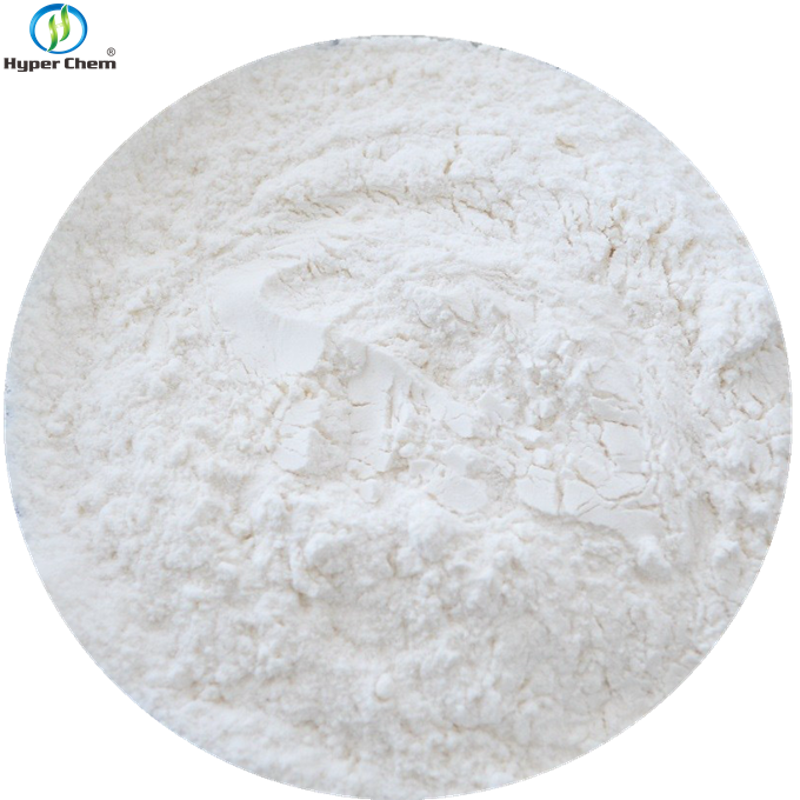-
Categories
-
Pharmaceutical Intermediates
-
Active Pharmaceutical Ingredients
-
Food Additives
- Industrial Coatings
- Agrochemicals
- Dyes and Pigments
- Surfactant
- Flavors and Fragrances
- Chemical Reagents
- Catalyst and Auxiliary
- Natural Products
- Inorganic Chemistry
-
Organic Chemistry
-
Biochemical Engineering
- Analytical Chemistry
-
Cosmetic Ingredient
- Water Treatment Chemical
-
Pharmaceutical Intermediates
Promotion
ECHEMI Mall
Wholesale
Weekly Price
Exhibition
News
-
Trade Service
The "nausea-vomiting" reaction is a kind of self-protective defense response produced by the human body after the invasion of pathogens, which is of great significance
for survival.
This study establishes a new paradigm for studying the "nausea-vomiting" response using mice as an animal model, and preliminarily reveals the molecular cell and neural circuit mechanism
of the brain's perception of pathogenic invasion to initiate the "nausea-vomiting" response.
In this study, Cao Peng's team systematically studied the neurobiological mechanisms of the nausea-vomiting response (Figure 1).
First, they applied Staphylococcal enterotoxin produced by Staphylococcal aureus to establish a research paradigm for food poisoning in mice
.
They were surprised to find that mice ingested enterotoxin, although unable to vomit, exhibited "open-mouthed" retching-like behavior (Video 1).
Video 1
Ingestion of enterotoxin can also cause "nausea" similar disgust in mice, resulting in conditioned flavor avoidance for drinks containing enterotoxin
。 Therefore, the conditioned taste avoidance and retching behavior of mice simulate the "nausea" and "vomiting" defense responses caused by human food poisoning, respectively, which can be used as a research paradigm for mouse food poisoning
.
Figure 1: The neurobiological mechanism
by which the brain senses toxins and initiates the "nausea-vomiting" response In the intestinal epithelium, there is a class of cells called "enterochromephilic cells.
" (enterochromaffin cell)" of intestinal endocrine cells
.
Applying the newly established food poisoning research paradigm, Cao Peng's team found that enterochrome cells play an important role in the "nausea-vomiting" response, and may be "informants"
that help the brain sense pathogenic invasion.
These cells synthesize serotonin (5-HT),
which makes up 90% of the body.
When the gastrointestinal tract is invaded by enterotoxins, these cells may be activated and release large amounts of serotonin
.
When the rate-limiting enzyme Tph1, which synthesizes serotonin in enterochrome-loving cells, was knocked out, the enterotoxin-induced "nausea-vomiting" response was greatly reduced
.
Vagus nerve sensory endings expressing the serotonin type 3 receptor gene (Htr3A+) are distributed around enterochrome cells, which receive important information
about pathogenic invasion by responding to serotonin.
This information is transmitted through the vagus nerve to the solitary tract nucleus of the brainstem, where it is received by a group of neurons expressing the tachykinin gene (Tac1+).
The researchers activated these solitary nucleus Tac1+ neurons through optogenetics (video 2) and chemogenetics (video 3), which can directly trigger retching behavior and conditioned taste avoidance
in mice.
Inactivating these neurons, or knocking out the Tac1 gene, can prevent retching behavior and conditioned taste avoidance
caused by pathogenic invasion.
Interestingly, these solitary nucleus Tac1+ neurons are divided into two ways, on the one hand, they activate the parabrachial nucleus in the pons, producing disgust associated with "nausea"; On the other hand, activating the ventral respiratory group of the medulla oblongata may trigger retching motor behavior
by regulating the "retching" neurons responsible for simultaneous contraction of the diaphragm and abdominal muscles.
Video 2
Video 3
Cao Peng's team further delved into it and found that these molecular cell and neural circuit mechanisms are also involved in chemotherapy drugs (doxorubicin) caused by the "nausea-vomiting" side effect
.
This finding suggests that the "nausea-vomiting" side effects caused by chemotherapy drugs may have been achieved
by kidnapping an evolutionarily conservative mechanism of "food poisoning.
" The reviewers believe that this achievement opens up a new direction for the study of the molecular and cellular mechanism and neural circuit mechanism of the "nausea-vomiting" response, and is expected to provide a new target for the development of new chemotherapy antiemetics
.
Xie Zhiyong (currently independent PI of Fudan University Institute of Brain Translational Research), Zhang Xianying, Zhao Miao, and Huo Lifang of Bioisland Laboratory of Beijing Institute of Biological Sciences are the co-first authors
of the paper.
Dr.
Peng Cao, Dr.
Zhiyong Xie, Dr.
Fengchao Wang and Dr.
Congping Shang are co-corresponding authors
of the research paper.
Other members of Cao Peng's laboratory (Meizhu Huang, Shuangfeng Zhang, Xinyu Cheng, and Huating Gu) also made important contributions
to the research.
Dr.
Li Dapeng and Dr.
Zhang Chen of Capital Medical University and Dr.
Zhan Cheng of University of Science and Technology of China also participated in this project and made important contributions
.
Thanks to researchers Rongwen Zhao and Minmin Luo of the Beijing Institute of Biological Sciences for providing important mouse strains
.
The research project is strongly supported
by the National Natural Science Foundation of China, the Ministry of Science and Technology, and the Beijing Institute of Biological Sciences/Tsinghua University Institute of Biomedical Sciences.
Cao Peng's laboratory warmly welcomes graduate students and postdocs with passion and fighting spirit for scientific research to join the research team and explore the neural mechanism
of the brain's perceived pathogenic invasion to trigger a defense response.
Link: https://doi.
org/10.
1016/j.
cell.
2022.
10.
001
open for reprinting Welcome to forward to Moments and WeChat groups







